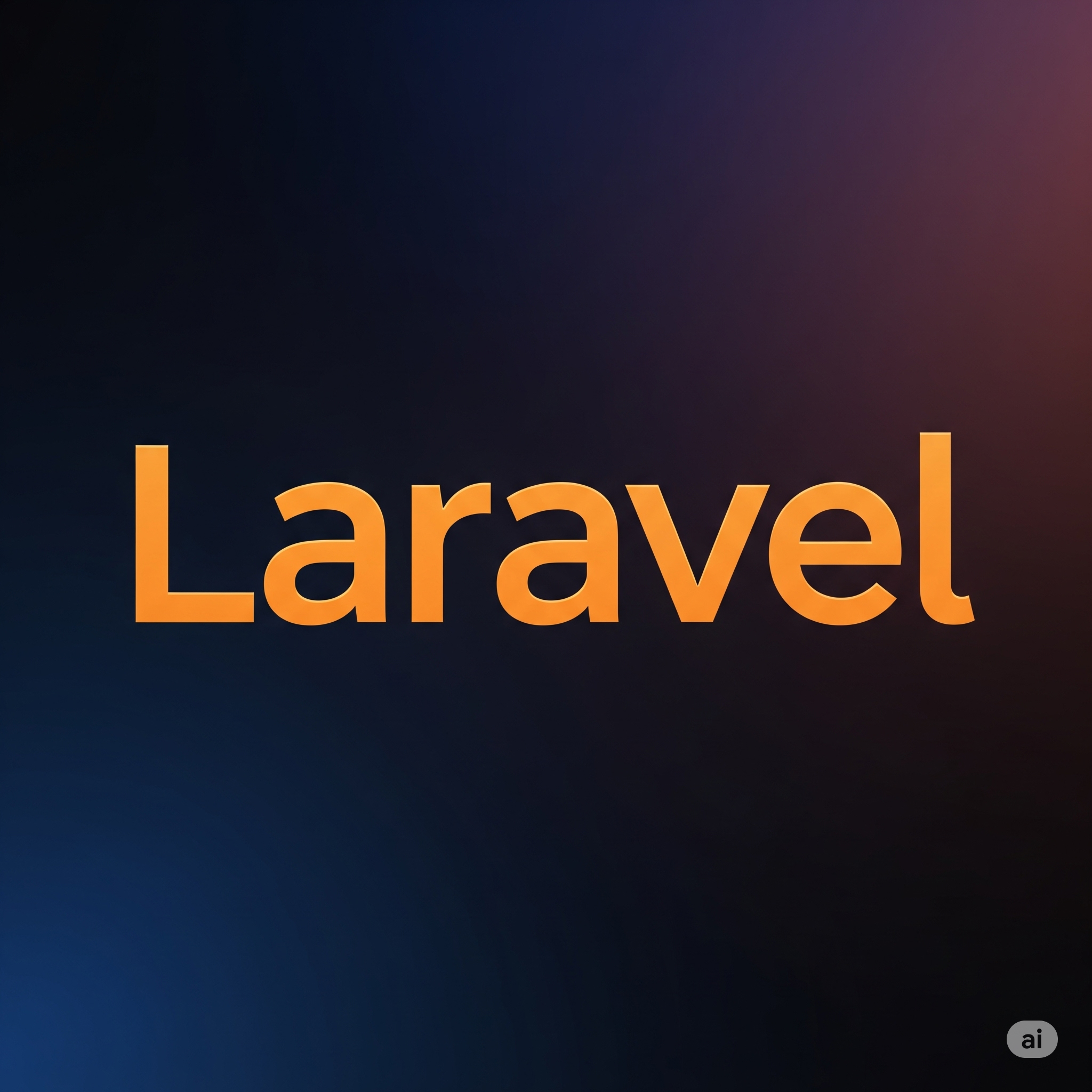Discover advanced Laravel validation strategies that make your forms cleaner, smarter, and more maintainable.
Laravel’s built‑in validators are powerful—but there’s so much more you can do. These five tactical tweaks elevate your form handling, making your application more robust and your codebase easier to manage.
1. Conditional Rules with Rule::when()
Sometimes a field should only be validated under specific conditions—for example, a discount_code only matters if payment is manual.
use Illuminate\Validation\Rule;
$request->validate([
'payment_method' => 'required|string',
'discount_code' => [
Rule::when($request->payment_method === 'manual', [
'required', 'string', 'exists:discounts,code'
]),
],
]);
This approach keeps your validation clean—no messy if statements in controllers.
2. Halt on First Failure with bail
Want to stop running additional rules once one fails? Add bail before your first rule:
$request->validate([
'username' => 'bail|required|min:5|alpha_num|unique:users,username'
]);
Laravel stops as soon as a rule fails—saving resources and keeping error output simple.
3. Effortless Array Validation
Handling multiple inputs like a list of users? Laravel validates arrays elegantly:
$request->validate([
'users' => 'required|array',
'users.*.email' => 'required|email|distinct'
]);
Every user’s email gets validated without manual loops.
4. Optional but Strict with sometimes
Want a field to be optional but validated when present? Use sometimes:
$request->validate([
'name' => 'required|string|max:100',
'profile_picture' => 'sometimes|image|mimes:jpg,jpeg,png|max:2048',
]);
If no file is uploaded, the rule is skipped—but if it is, it must meet the criteria.
5. Only Accept Clean Data with validated()
After validation, avoid grabbing all input via $request->all(). Instead, use:
$data = $request->validate([ /* rules */ ]);
// or with Manual Validator
$validator = Validator::make(...);
$data = $validator->validated();
This ensures only the fields you’ve explicitly allowed get passed along.
Wrapping It Up
By adopting these five validation strategies—conditional rules, early stopping with bail, clean array validation, flexible sometimes rules, and using validated()—you’ll make your Laravel forms more reliable and your code easier to maintain. These small changes deliver big improvements in security, efficiency, and clarity.
Next Steps
- Refactor forms to include
Rule::when()where needed. - Use
bailto streamline validation errors. - Validate any array inputs cleanly with
users.*.fieldrules. - Mark optional uploads with
sometimesto avoid unnecessary checks. - Replace
all()withvalidated()to whitelist input data.
At Web Expert Solution, we help developers write clean, professional, and secure Laravel applications. Stay tuned for more tips, tutorials, and code best practices.
